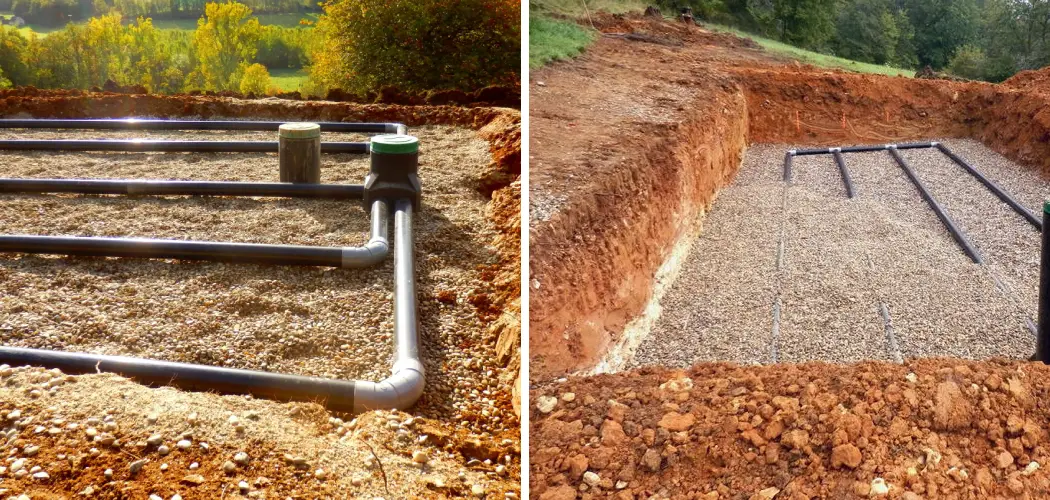Septic systems are an essential part of many homes and properties, especially in rural areas where there is no access to a municipal sewer system. These systems provide an efficient and cost-effective way to treat household wastewater from toilets, sinks, showers, and laundry machines. Without them, our environment would be at risk of contamination from raw sewage.
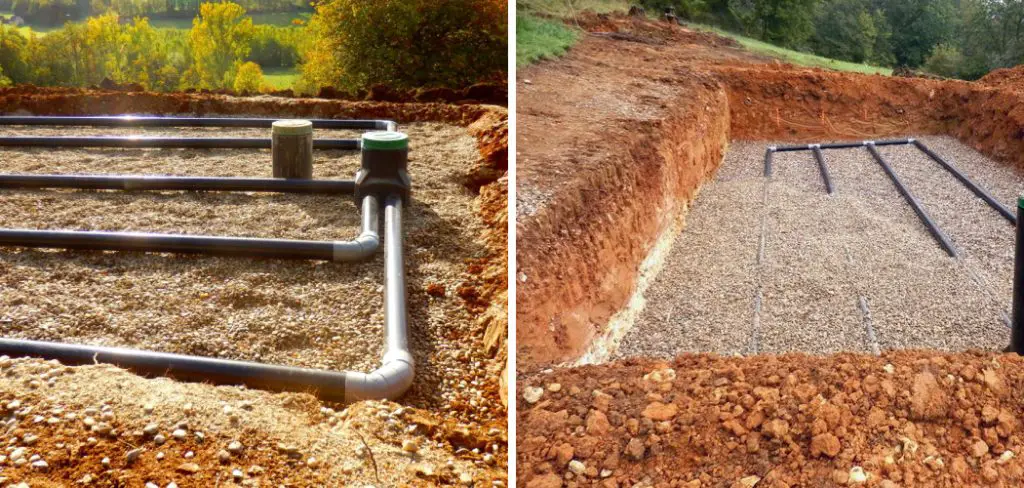
The main advantage of a septic system is that it provides an independent and self-contained way to treat wastewater. This means that homeowners do not have to rely on a municipal sewer system, which can be costly and may not be available in their area. Septic systems are also relatively low-maintenance and do not require a lot of electricity or other resources to operate. Read this blog post to learn how septic systems work.
Step by Step Processes for How Septic Systems Work
Step 1: Inspect and Pump
After the septic systems are installed, they need to be inspected by a professional at least once every three years. It is also important to get them pumped on a regular basis (usually every 3-5 years) in order to prevent any buildup of sludge or scum.
Step 2: Sewage Flow
The wastewater from your house flows through the pipes into a septic tank. This is where the first stage of treatment begins, as solid waste sinks to the bottom and oils and grease float to the top.
The bacteria present in the wastewater starts to break down and decompose the solids, transforming them into liquid or gas. This process is known as anaerobic digestion and is responsible for a majority of the treatment in the septic tank.
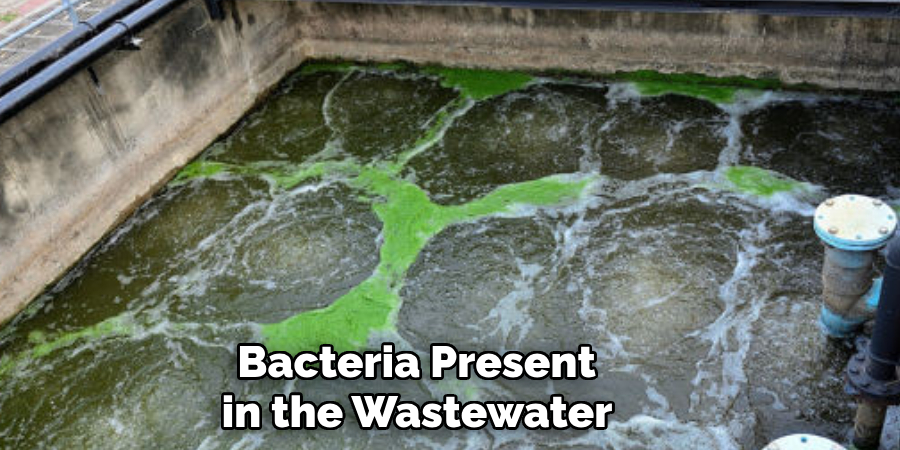
Step 3: Outlet Drainage
As more wastewater flows into the septic tank, it displaces the already treated liquid and forces it out through the outlet drainage pipe. This treated liquid then enters the drainfield for further purification.
The drainfield is a series of perforated pipes buried in gravel trenches and surrounded by natural soil. The treated liquid from the septic tank enters these pipes and slowly trickles down into the surrounding soil, where further filtration and purification occur.
Step 4: Natural Treatment
The soil acts as a natural filter, removing any remaining impurities and harmful bacteria from the wastewater. This is why it is crucial to maintain the health of the soil in the drainfield, as it directly impacts the effectiveness of this final treatment stage.
The treated wastewater percolates through the soil and eventually reaches groundwater. This purified water then becomes part of our natural water cycle, recharging aquifers and replenishing our water sources.
Step 5: Proper Drainfield Siting
When installing a septic system, it is crucial to properly situate the drainfield in an area with suitable soil and adequate distance from any wells or bodies of water. This ensures that the treated wastewater does not contaminate our drinking water sources.
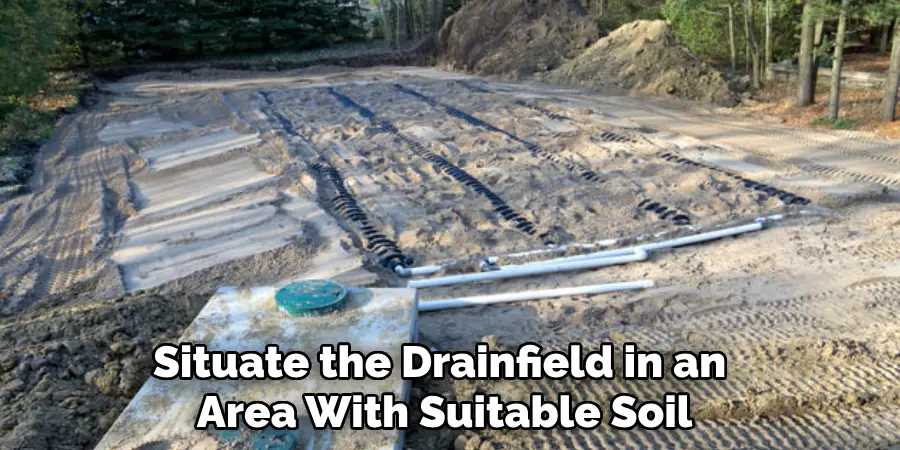
Proper maintenance and care are essential for the longevity and effectiveness of a septic system. This includes regular inspections, pumping, and avoiding excessive water usage or disposal of harmful chemicals.
Step 6: Environmental Benefits
Septic systems not only provide effective wastewater treatment, but they also have environmental benefits such as reducing pollution in our water sources and preserving natural habitats by minimizing the need for centralized sewage treatment facilities.
By following these steps and understanding of septic systems work, we can ensure the proper functioning of our wastewater treatment and do our part in protecting the environment. Remember to regularly inspect, pump, and maintain your septic system for its optimal performance and longevity.
Tips for How Septic Systems Work
- Make sure you are aware of the indications that your septic system needs to be pumped. This could include unpleasant odors, slow draining toilets and sinks, or sewage backups.
- Regularly inspect your septic system and make any necessary repairs as soon as possible. Waiting too long can result in more expensive repairs or even replacements.
- Be careful about what you flush down your toilet or put in your sink. Certain items like cooking oils, grease, and feminine hygiene products can clog up your septic system.
- Keep heavy vehicles off the area where your septic system is located. The weight of these vehicles can cause damage to the pipes and tanks underground.
- Use water wisely and avoid excessive use of water within your household. Too much water can overload your septic system and cause it to fail.
- Maintain a healthy balance of bacteria in your septic tank by avoiding the use of harsh chemicals, such as bleach or antibacterial cleaners. These types of products can kill off the beneficial bacteria that help break down waste in your septic system.
- Have your septic system inspected and pumped regularly by a professional. This will help keep your system functioning properly and prevent potential issues from arising.
Signs of a Failing Septic System
Here are some common signs that indicate your septic system may be failing:
1. Slow Draining Fixtures
If you notice slow draining fixtures such as toilets, sinks, showers, or tubs, it could be a sign of an underlying septic system problem. This usually happens when the tank is full, and it cannot accept any more water.
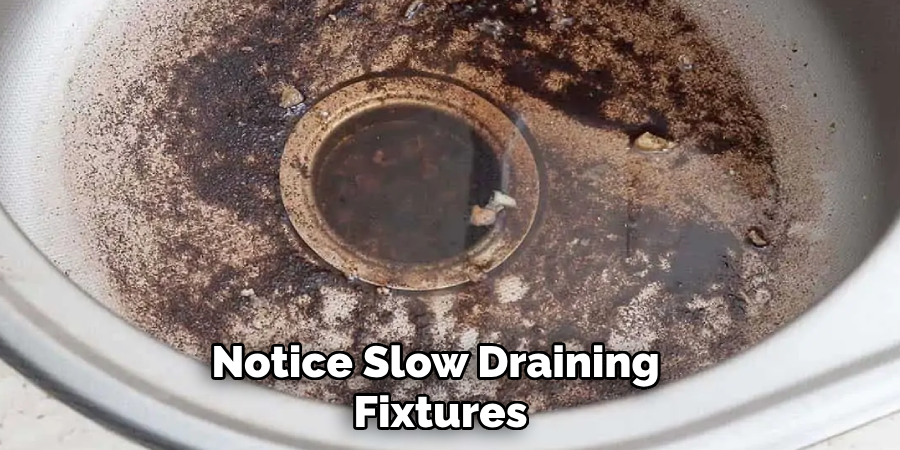
2. Sewage Backup
One of the most apparent signs of a failing septic system is sewage backing up into your home’s fixtures. If you notice any raw sewage or wastewater coming up through the drains, it is a clear indication that something is wrong with your septic system.
3. Unpleasant Odors
If you smell unpleasant odors around your property, it could be due to a failing septic system. The foul odor can indicate that the tank’s contents are not being adequately broken down and treated, resulting in the release of toxic gases like hydrogen sulfide into the air.
4. Lush Green Grass
While it may seem like a good thing, if you notice an area of your yard with excessively green and lush grass, it could be a sign that your septic system is failing. This is because the excess nutrients and water from the tank are leaking into the soil, providing extra nourishment for plants.
5. Standing Water or Puddles
If you see standing water or puddles around your septic system’s drain field, it could be a sign of an issue. This could mean that the soil is not absorbing the effluent from the tank properly, causing it to pool on the surface.
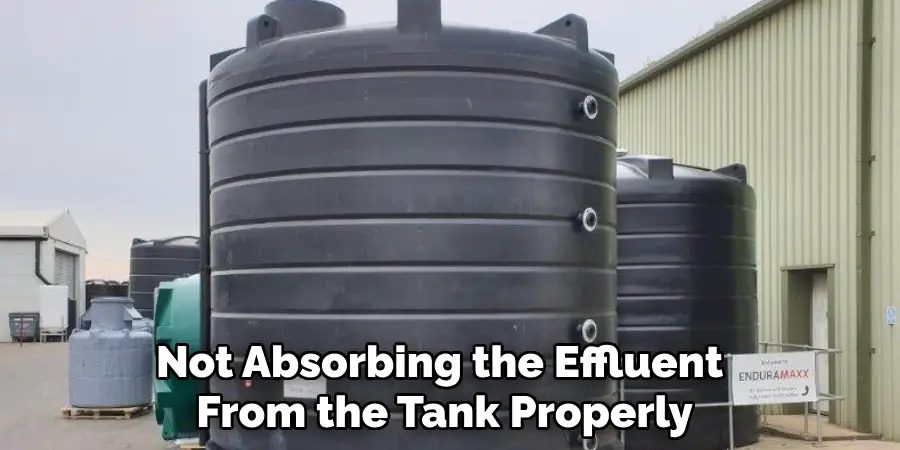
How Can You Prevent Septic System Failures?
One of the most important things you can do to prevent septic system failures is to regularly maintain your system. This includes having your tank pumped every three to five years, depending on its size and usage.
Regular pumping allows for solids to be removed from the tank before they have a chance to clog the drain field or cause damage to the system. Another key preventative measure is to be mindful of what you put down your drains.
Avoid flushing or pouring anything that is non-biodegradable, such as plastics and chemicals, as these can cause damage to your septic system. Additionally, be careful with the amount of water you use in your household.
Excessive water usage can overload the septic system and lead to failure. It’s also important to be aware of the location and condition of your septic system. Make sure that it is not located near any trees or shrubs, as their roots can grow into the system and cause damage. Regularly inspect your system for any signs of leaks or blockages and address them promptly.
What Are Some Common Causes of Septic System Malfunctions?
Some common causes of septic system malfunctions include:
1. Lack of Maintenance
Septic systems require regular maintenance to function properly. Failure to pump the tank, inspect for leaks, and maintain the drainfield can lead to clogs, backups, and other problems.
2. Overloading the System
Septic systems are designed to handle a certain amount of wastewater based on the size of the tank and drainfield. Overloading the system with excessive water usage, such as doing multiple loads of laundry in a short period of time, can cause backups and damage to the system.
3. Flushing Inappropriate Items
Flushing non-biodegradable items like diapers, wipes, feminine hygiene products, or grease down the toilet can clog pipes and cause damage to the system.
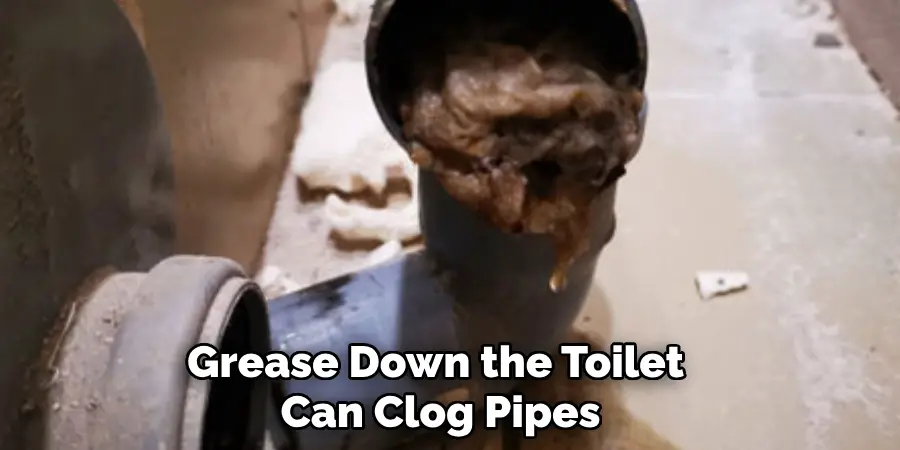
4. Tree Roots
Trees and large shrubs planted too close to the septic system can cause damage by invading and clogging pipes, as well as absorbing excess moisture from the drainfield.
5. Soil Saturation
If the soil in the drainfield becomes oversaturated with water, it can prevent proper drainage and lead to backups and malfunctions.
6. Harsh Chemicals
Using harsh chemicals, such as bleach or drain cleaners, can kill the beneficial bacteria in the septic tank that breaks down waste. Without these bacteria, the tank cannot properly function and may result in backups.
7. Aging System
As septic systems age, they become less effective at treating wastewater. If a system is not replaced when needed, it can lead to malfunctions and costly repairs.
By understanding the common causes of septic system malfunctions, homeowners can take preventative measures to keep their system functioning properly. Regular maintenance, proper use and disposal of household items, and avoiding harsh chemicals are all important factors in maintaining a healthy septic system.
Conclusion
In conclusion, septic systems play a crucial role in managing and treating household wastewater in areas that are not connected to a municipal sewer system. These on-site systems use natural processes to filter and treat the wastewater, making it safe for release into the environment.
While there are different types of septic systems, they all function in a similar manner by separating solids from liquids and breaking down organic matter through a combination of bacteria and enzymes. This process occurs in the septic tank, which acts as a primary treatment unit.
Once the wastewater has been treated in the septic tank, it is then released into a drainfield or leach field where it undergoes further treatment by naturally occurring soil microbes.
The surrounding soil acts as a natural filter, removing harmful pathogens and pollutants from the wastewater before it reaches groundwater or surface water. I hope this article has been beneficial for learning how septic systems work. Make Sure the precautionary measures are followed chronologically.

